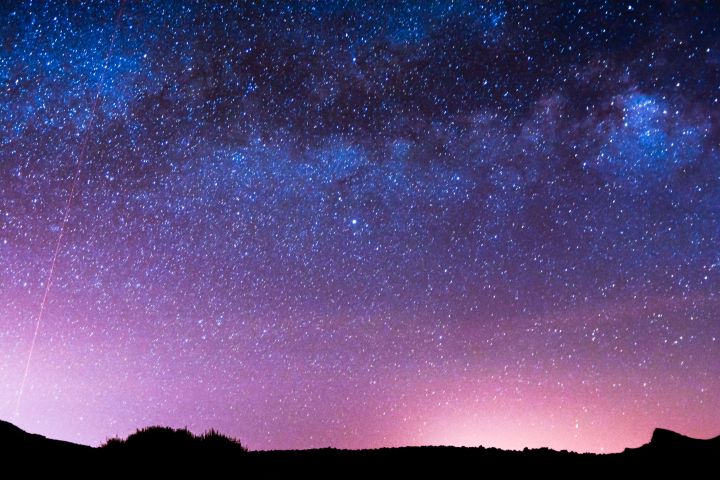
Our new celestial neighbor is known as 2014 UZ224. The dwarf planet is roughly 330 miles across. To put that in perspective, Ceres, another dwarf planet is 580 miles in diameter, making 2014 UZ224 exceptionally small. The dwarf planet is about 8.5 billion miles from the sun. Although scientists are still not certain of the exact orbital path of 2014 UZ224, it is believed that a single orbit around the sun would take roughly 1,100 Earth years.
David Gerdes, a professor of astronomy at the University of Michigan, led the team that found the new dwarf planet. They did so using a specialized camera he developed called the Dark Energy Camera (DECam). The scientific community hopes this camera will help shed light on the role of dark energy in the accelerating expansion of the universe.
The Dark Energy Survey, originally commissioned by the U.S. Department of Energy, uses the camera to map distant galaxies. As part of DES, the DECam takes a few images of the sky about once a week. These weekly mappings are what eventually led to the discovery of 2014 UZ224.
Up until this discovery, there were five recognized dwarf planets in our solar system: Ceres, Pluto, Eris, Makemake, and Haumea. However, Scientists believe there could be more than 100 waiting to be discovered.
But is it really a dwarf planet?
If you thought the scientific community had put a lid on this categorization brouhaha, you were wildly mistaken. The definition of a dwarf planet is fairly cut and dry. To be considered a dwarf planet, the object must orbit the sun, it must have enough mass to assume a roundish shape, it cannot be a moon, and it has not cleared the neighborhood around it, according to NASA. Based on current criteria, Gerdes believes the term dwarf planet is appropriate. Although some are already positing a potential backlash due to the rather small size of 2014 UZ224. Regardless, the International Astronomical Union will eventually have the final say.
We may be adding a new ninth planet soon enough…
For decades, scientists believed the outermost portions of solar system were composed mostly of icy objects smaller than Pluto. However, a a recent report theorizes a ninth planet — much larger than Earth — exists in this area. This claim in particular was not made by your run-of-the-mill conspiracy theorist either. A report published in The Astronomical Journal by Mike Brown, the astronomer who discovered Eris, in partner with Konstantin Batygin, claim that the peculiar orbital discrepancies in objects beyond Neptune are being caused by an unseen planet, roughly 10 times more massive than Earth.
The search is on, however, until then, we can only dream of what may one day re-complete the fabled planetary acronym of our childhood. Although “My Very Educated Mother Just Served Us Nachos,” does have a certain ring to it.
Editors' Recommendations
- Tiny dwarf planet Quaoar has a mysterious ring
- Mars has a new explorer: NASA’s Perseverance rover lands on the red planet
- Astronomers use new technique to search for Planet Nine
- Is Planet Nine a miniature black hole? Scientists have a way to find out
- Amateur astronomer discovers a brand new spot on Jupiter


